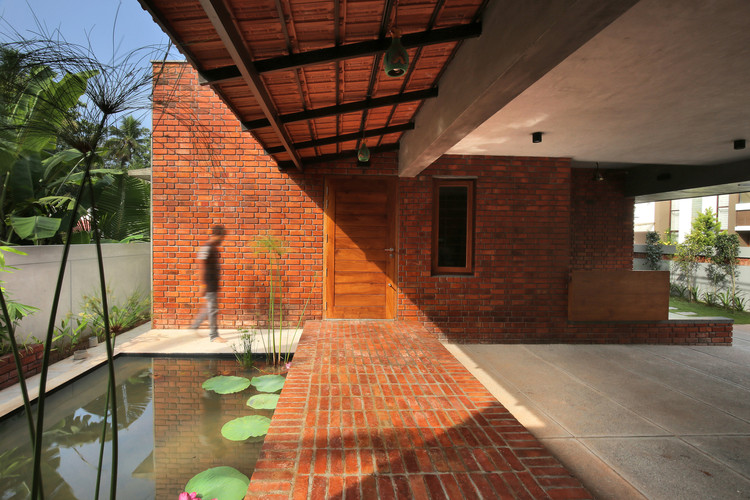
The historic village of Indein, Myanmar was founded by monks around the 3rd century B.C, who wanted to spread Buddhism across the country. Hundreds of pagodas, ornaments, and statues of Buddha were built around the area, but with time, the village was abandoned and its temples were consumed with greenery. Nowadays, the site stands as a visual contradiction of old and new, as people have begun renovating and preserving the historic structures little by little, surrounding the crumbling temples with brand new white stupas.











